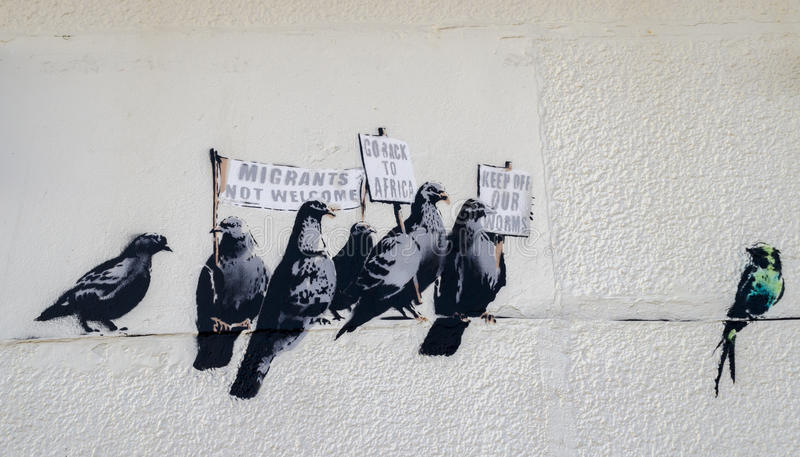Social media is a virtual space where people exchange their opinion, communicate with friends, look for information and read news. Contrary to the traditional media, such as newspapers and television, social media allows people to create their own online identities, establish their own networks, tell their stories, and contribute to the public debate, bringing it to new directions.
With social media being increasingly part of people’s routine, its use and dynamics have become controversial in terms of violation of fundamental rights, racism, sexism and lack of transparency and accountability. The platforms’ models of governance, and the new forms of content creation and sharing can lead to the severe intrusions on fundamental rights such as the right to equality and non-discrimination, the right to privacy and can escalate to new forms of systemic violence.
The social media infrastructure is defined by opaque algorithms and obscure practices that reinforce stereotypes and create new forms of discrimination that are particularly harmful to the social groups that are marginalized by the power structure. Migrants and refugees are part of the community affected by these new forms of discrimination. Understanding and managing the particular risks connected to the use by, and the representation of refugees and migrants in social media platforms need to be a priority of regulations addressing the digital space.
For an effective management and mitigation of these risks, it is fundamental to identify and understand how social media’s socio-technical dynamics work, how they manipulate the representation of reality and affect the experience and representation of marginalised communities. This report contributes to this objective, and it is divided into four main sections.
Section 1
Introduces the main topics that will be discussed in this report, it outlines the purpose of the “Re:framing Migrants in the European Media” project and explains how this report is aligned with it. It presents the approach on which the report is based and the key definitions of the lexicon used.
Section 2
Identifies and discusses the key social media dynamics that affect the representation of marginalised populations on social media. It provides an overview of how social media algorithmic dynamics works, how they silence marginalised communities and where bias affecting them can arise. It illustrates stories of discrimination, silencing of voices and manipulation of reality. To this end, this section is structured around four themes: content moderation, shadowban, content selection and sharing, and targeted advertisement.
Section 3
Focuses on the migrant and refugees’ population. It shows how social media plays an important role in shaping new forms of migration and how this can represent a danger for migrants
